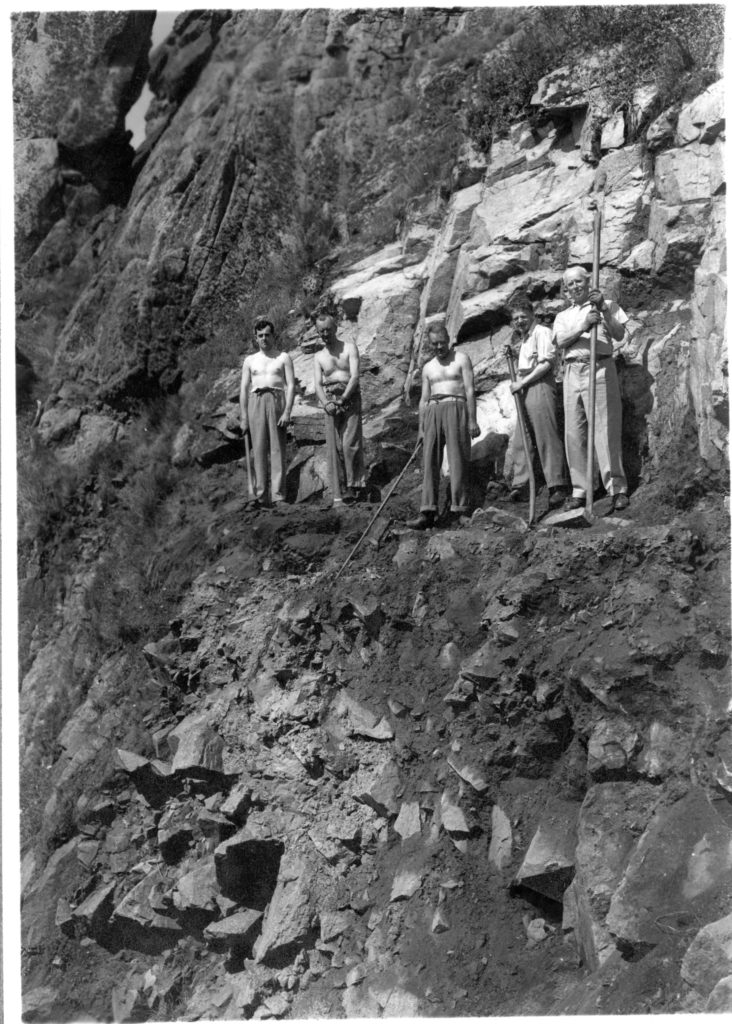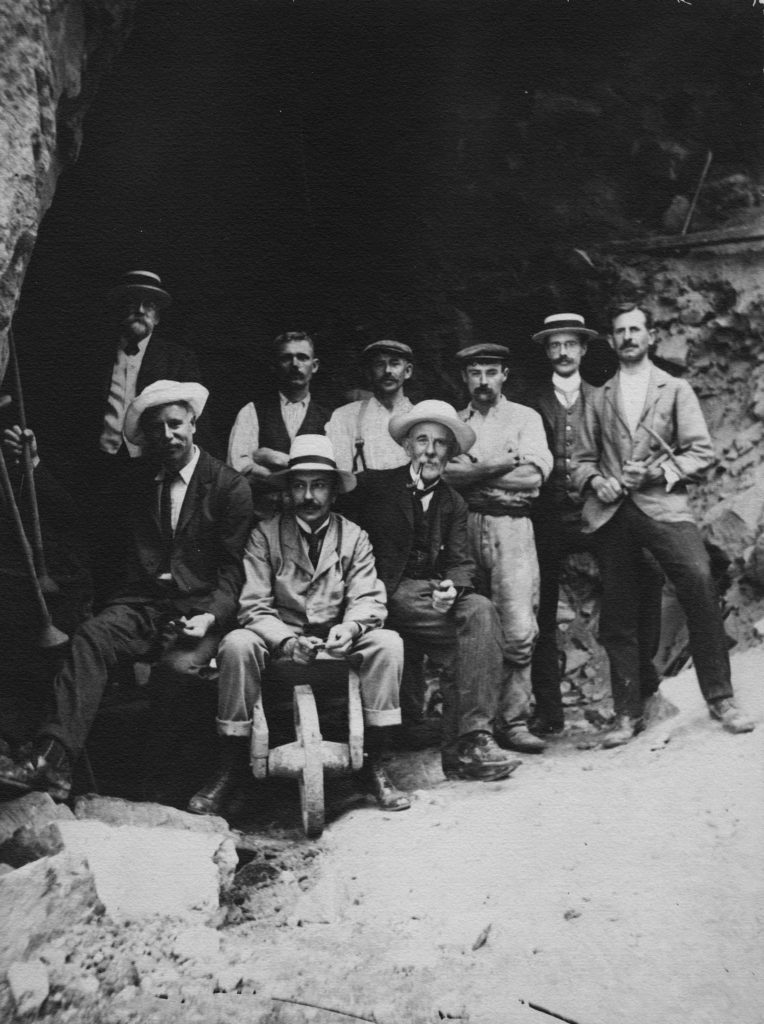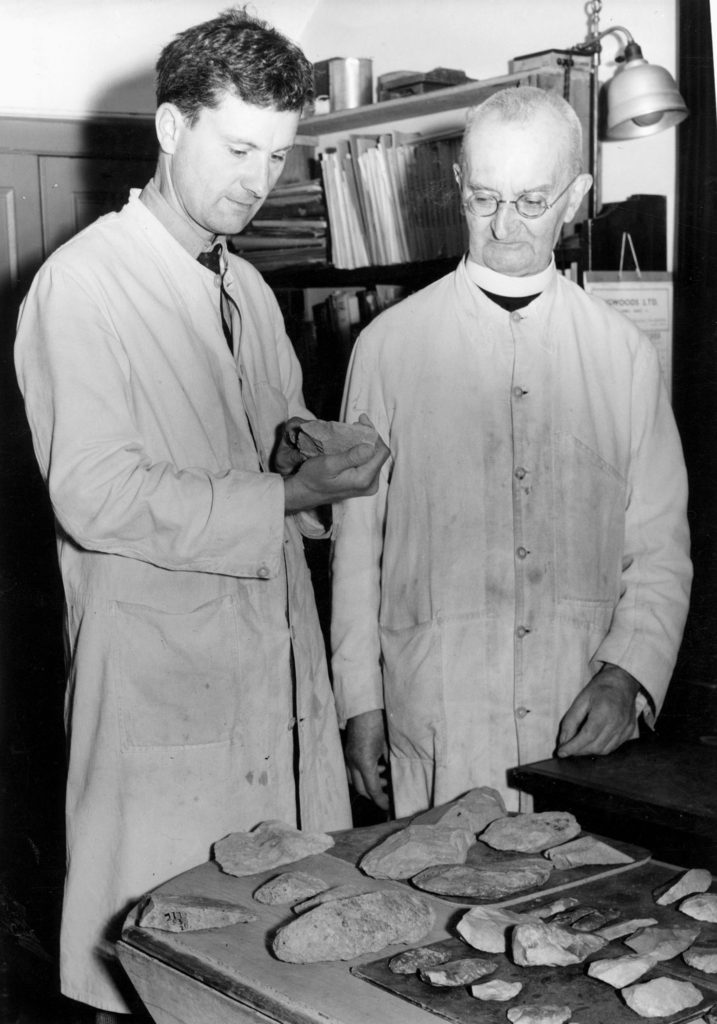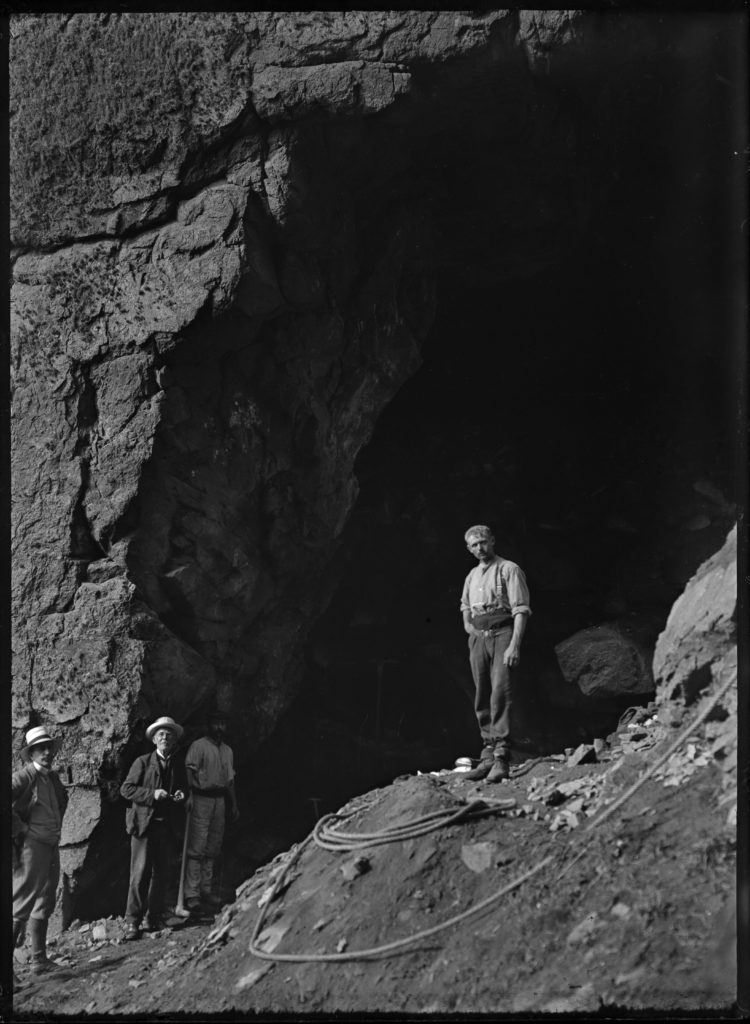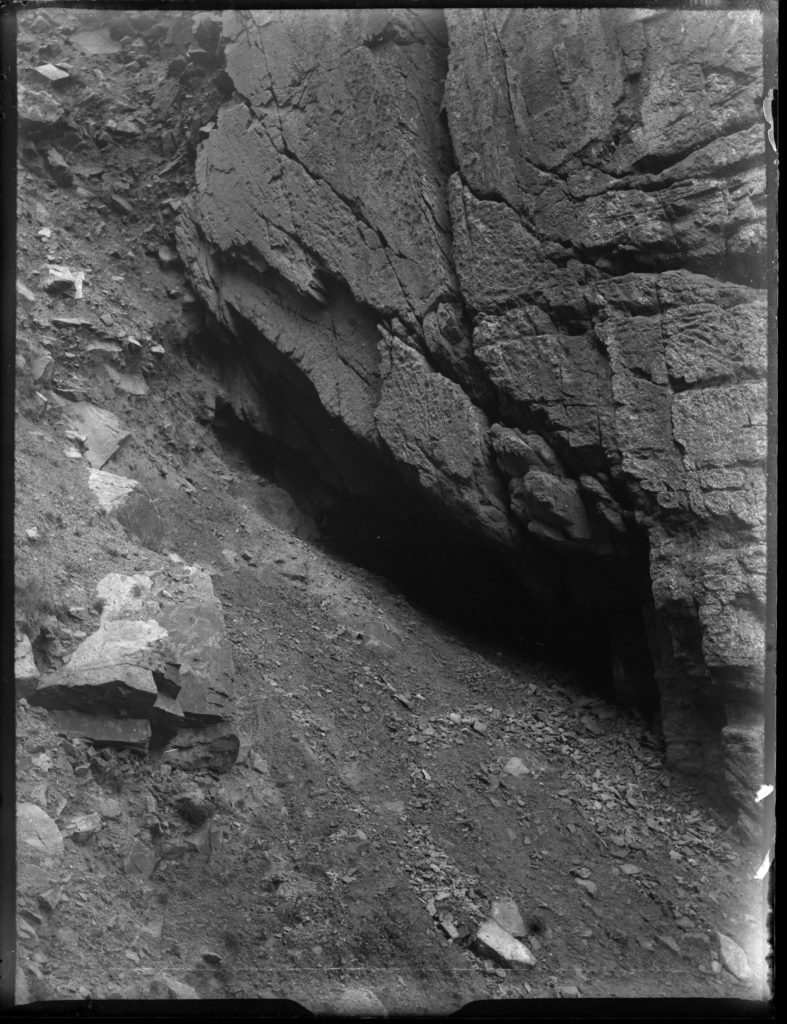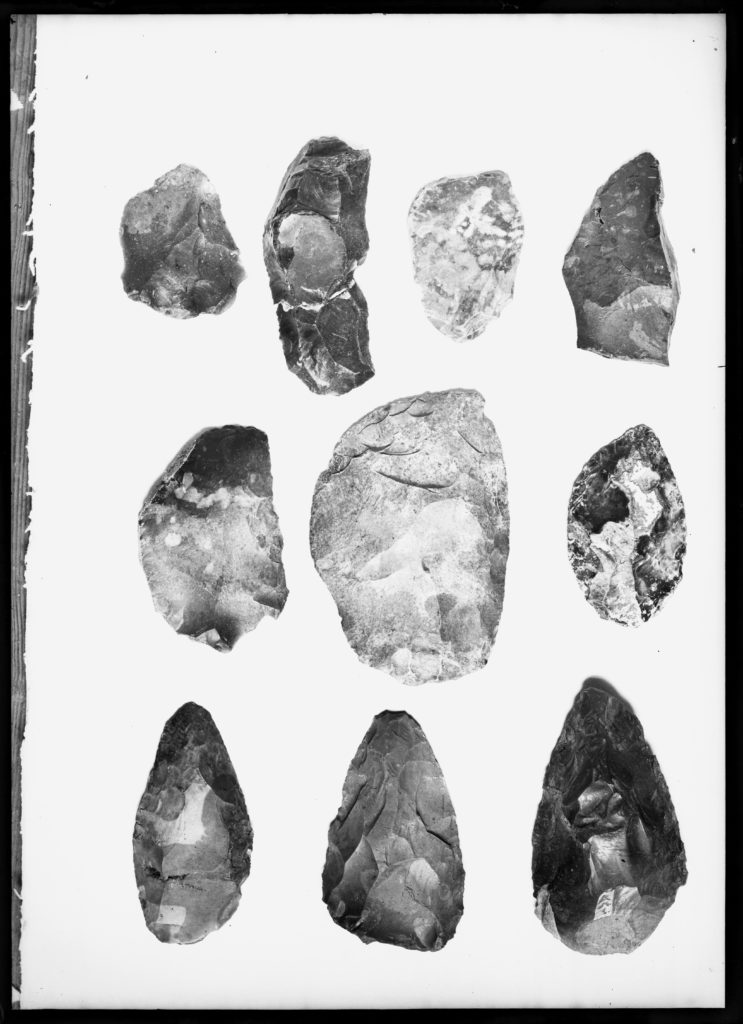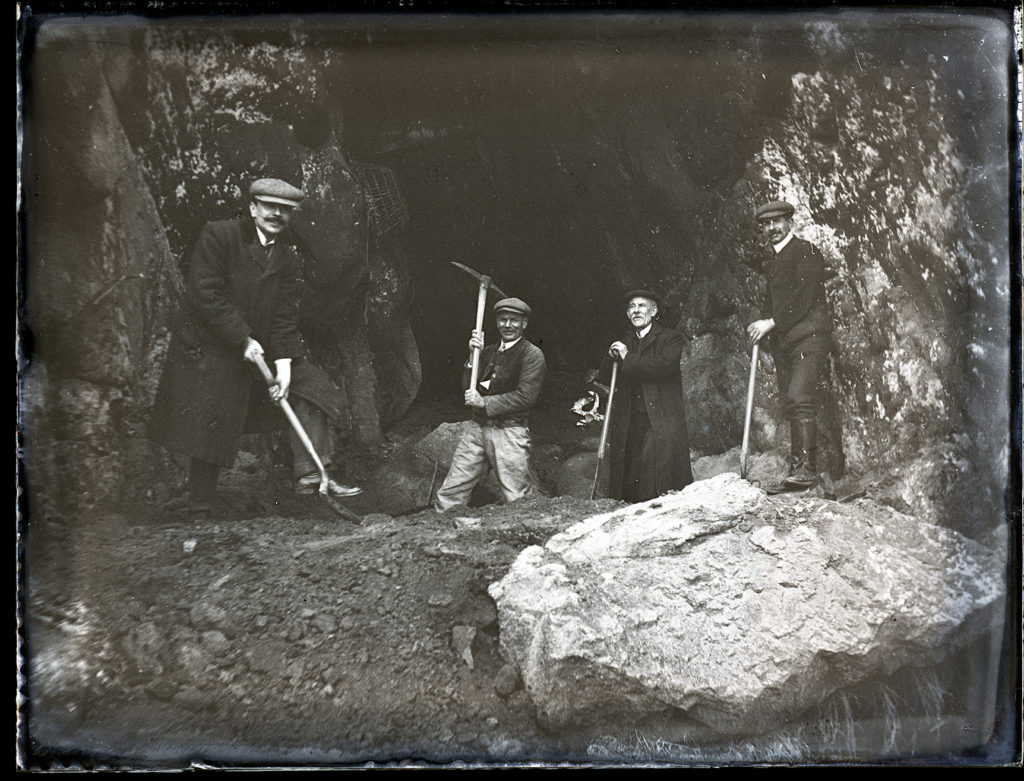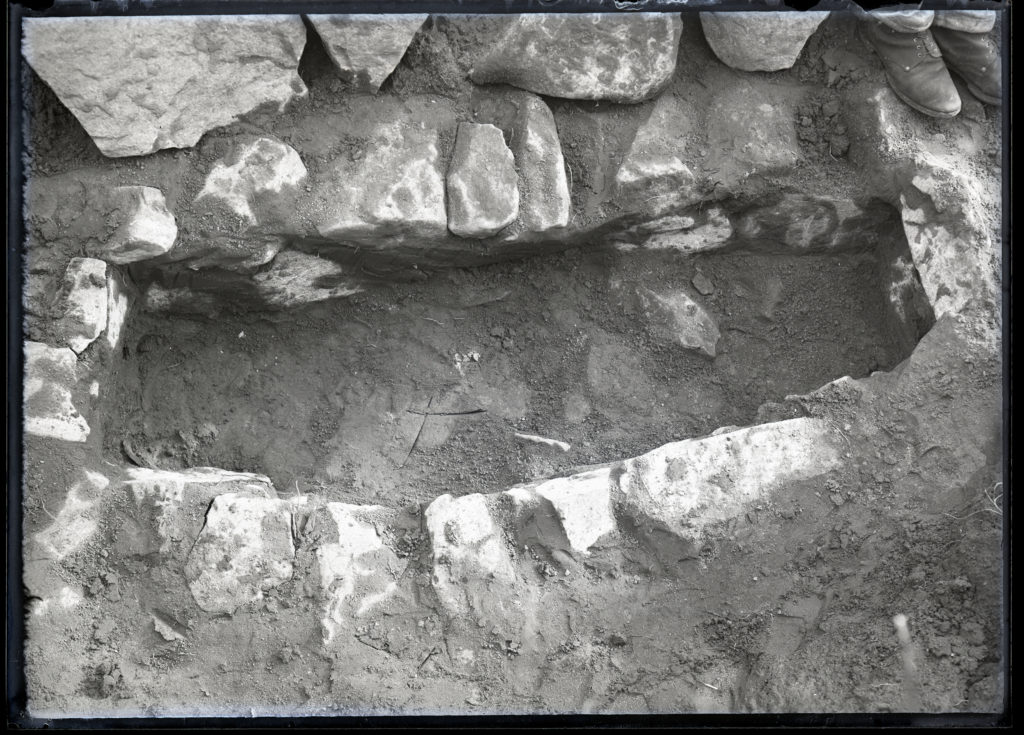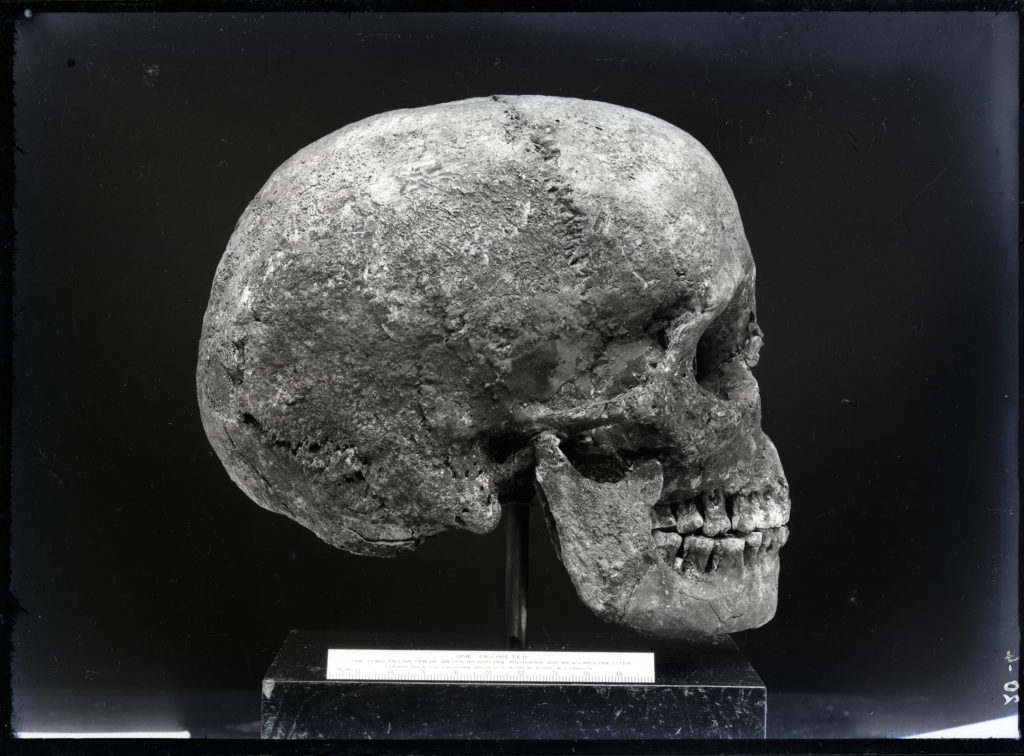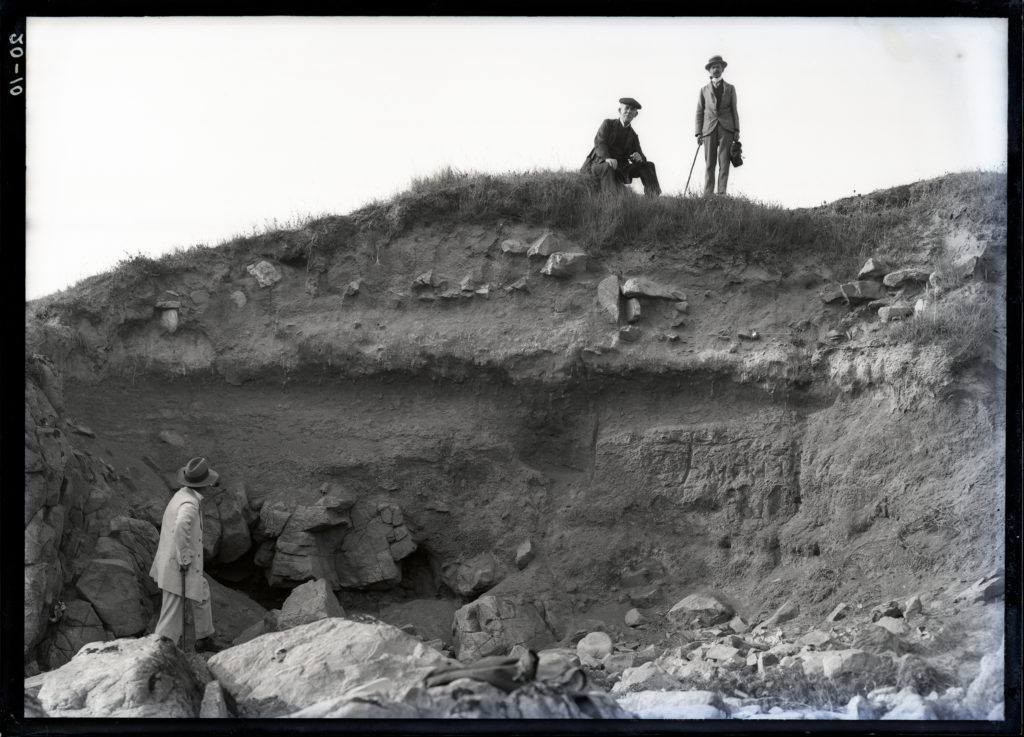Société Jersey was established in 1873. The charity which produces and felicitates research of the islands history, is also home to the Jersey photography archives. Since 1993 the jersey archives have acquired over 300,000 archives including: diaries, financial and legal documents, photographs, and moving image and sound recordings.
We spoken to Patrick Cahill, an archivist, he discussed with us the need for archives as well as the things they hold. He introduced us to the photography work of Emile F Guiton and the historical excavations he photographed, in particular, La Motte and Le Cotte.
During our talk with Cahill, we were shown some of the zines which had been produced by Société Jersiaise with the help of Mr Toft, these gave us greater understanding of zines and also allowed us to see different styles and eras of photography held at the archives.
Emile F Guiton
Honorary Curator of the Museum and Editor of the Annual Bulletin, he is considered to be the founder of the Photographic Archive at the Société Jersiaise. Emile was also an excellent photographer making use of a rapidly expanding medium in the early 20th century to record important historical sites, events and objects. He was the principal photographer at La Cotte de Saint-Brélade, one of the most important Palaeolithic sites in Northern Western Europe on numerous archaeological excavations producing images dating from 1910 to 1950s. Photo-Archivist, Patrick Cahill comments; ‘For over a century the Société Jersiaise has been involved with the archaeological excavations at La Cotte de Saint-Brélade.
La Cotte
Situated on a granite headland on Jersey’s south west coast, the collapsed cave and granite ravines of La Cotte de St Brelade provided a home for Neanderthal hunters-gatherers for over 200,000 years.
Since ancient stone tools were first found at the site in 1881, stunning discoveries have been made by successive generations of archaeologists. La Cotte provided early fossil evidence for Neanderthal people, exciting records of their use of fire, and heaps of bone which showed how they could work together to hunt Ice Age megafauna such as mammoth and woolly rhinoceros. It is now time for a new era of investigation and a new generation of archaeologists are about to embark on an exciting and ambitious programme of scientific research and discovery.
La Motte Excavation
Excavations by archaeologists in 1910 – 1911, based on the large amounts of flint and pottery found around La Motte, revealed the tiny islet to be rich in archaeology. They discovered 18 cist graves, some of which contained human remains thought to be in excess of 4000 years old. Some of these have been removed to the grounds of La Hougue Bie.
Erosion from heavy rain in 1910 revealed small and roughly constructed cist graves. When excavation began, these were found to be the open ends of a “sepulchral chamber”, consisting of two graves covered by capstones. When these stones were removed, the researchers found “no relics of art or industry” as the acidity of the clay had dissolved any remains.
As exploration continued, more cist graves began to be discovered about 5 feet north of the last, though again, no lasting remains had been found. By the end of the excavation, 15 cist graves had been discovered and recorded by the Société Jersiaise excavators. Grave number 14 contained the most intact skeleton, and three graves bore intact skulls. Grave number 6 contained two skulls, and graves 2, 5, 9 and 15 contained the remains of children.
The view of the researchers, reflected in the 1912 edition of the Société Jersiaise Bulletin, was that the graves were likely Neolithic in origin. However, this view was criticised when revaluated in the 2002 Bulletin by Archaeologist Mark Patton, who identified the graves as Medieval cist graves dating between the 4th and 11th centuries AD.

